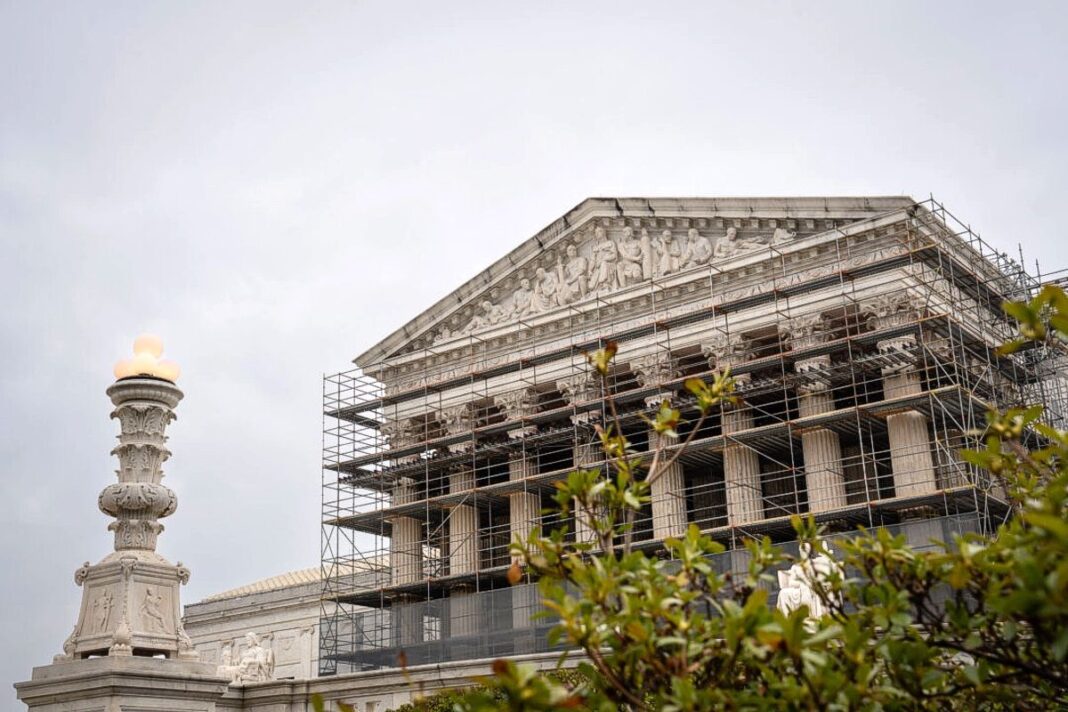Investors have worried about a tariff-driven economic slowdown, but Main Street’s reaction has been mixed.
U.S. manufacturing activity contracted for the second straight month in April, but the sector performed better than market forecasts.
The Institute for Supply Management’s manufacturing purchasing managers’ index (PMI)—a monthly survey of the industry’s prevailing economic direction—fell to 48.7 last month from 49 in March.
A reading below 50 indicates contraction in a sector that accounts for about 10 percent of the U.S. economy.
Economists had projected the PMI, which has been in contraction territory for 28 of the last 30 months, would decline to 48.
This was a long-awaited report for market watchers as it covered the manufacturing industry since President Donald Trump’s tariff announcement on April 2. He unveiled the contours of his sweeping trade agenda, and has since raised levies on Chinese goods entering the United States to 145 percent.
The new U.S. tariffs have been expected to significantly influence manufacturing’s short- and long-term performance.
Factory output fell sharply last month as demand eased. New orders, a forward-looking sub-index, tumbled at a slower pace. However, they declined to the lowest reading since May 2022.
Cost pressures remained elevated in the manufacturing sector as prices advanced to their highest levels since June 2022.
Input cost pressures advanced to their highest reading since June. The employment sub-index improved from the previous month, though companies continued to trim their headcount.
“Demand and production retreated and de-staffing continued, as panelists’ companies responded to an unknown economic environment,” said Timothy Fiore, head of the organization’s Business Survey Committee, in a release. “Prices growth accelerated slightly due to tariffs, causing new order placement backlogs, supplier delivery slowdowns and manufacturing inventory growth.”
By Andrew Moran







